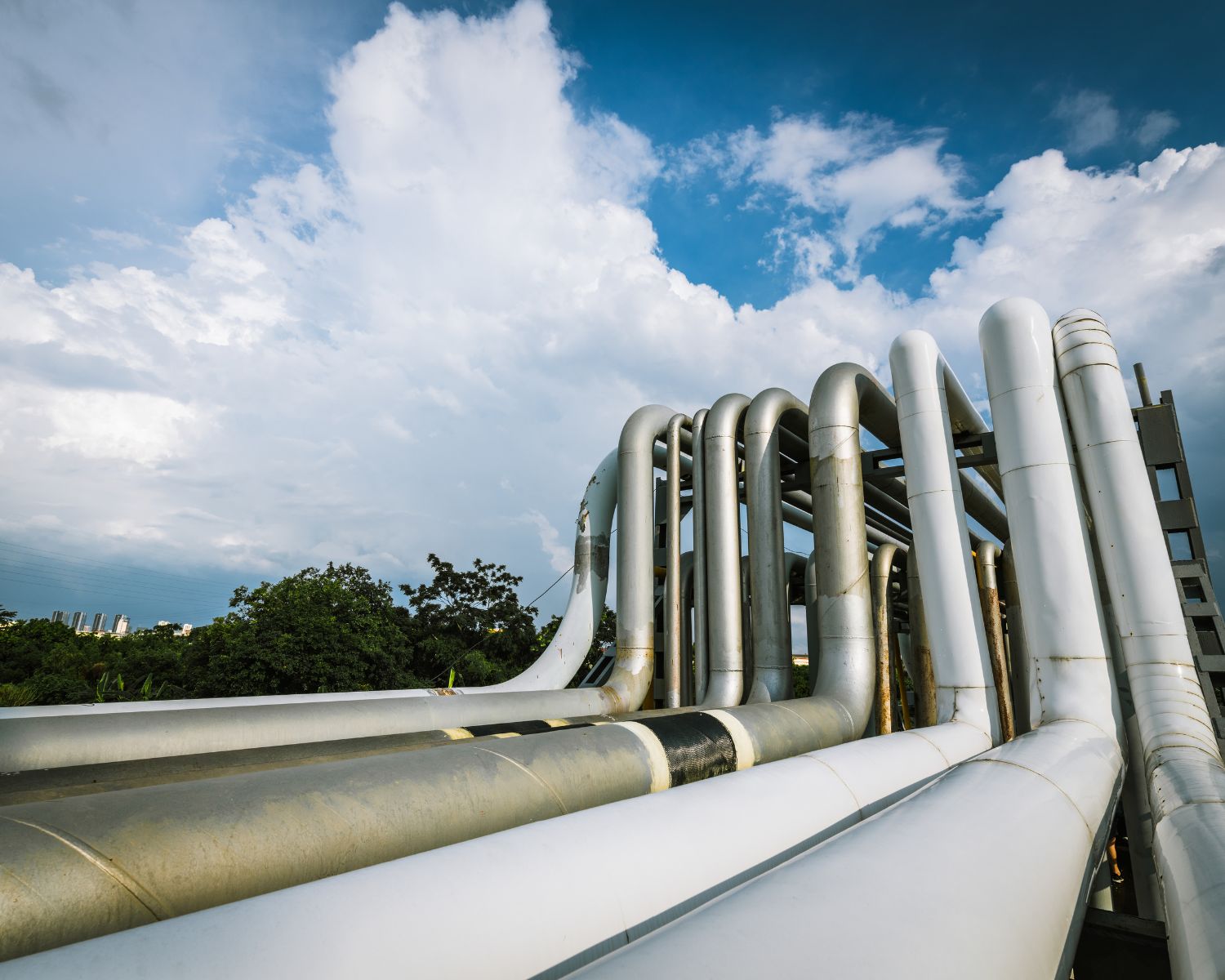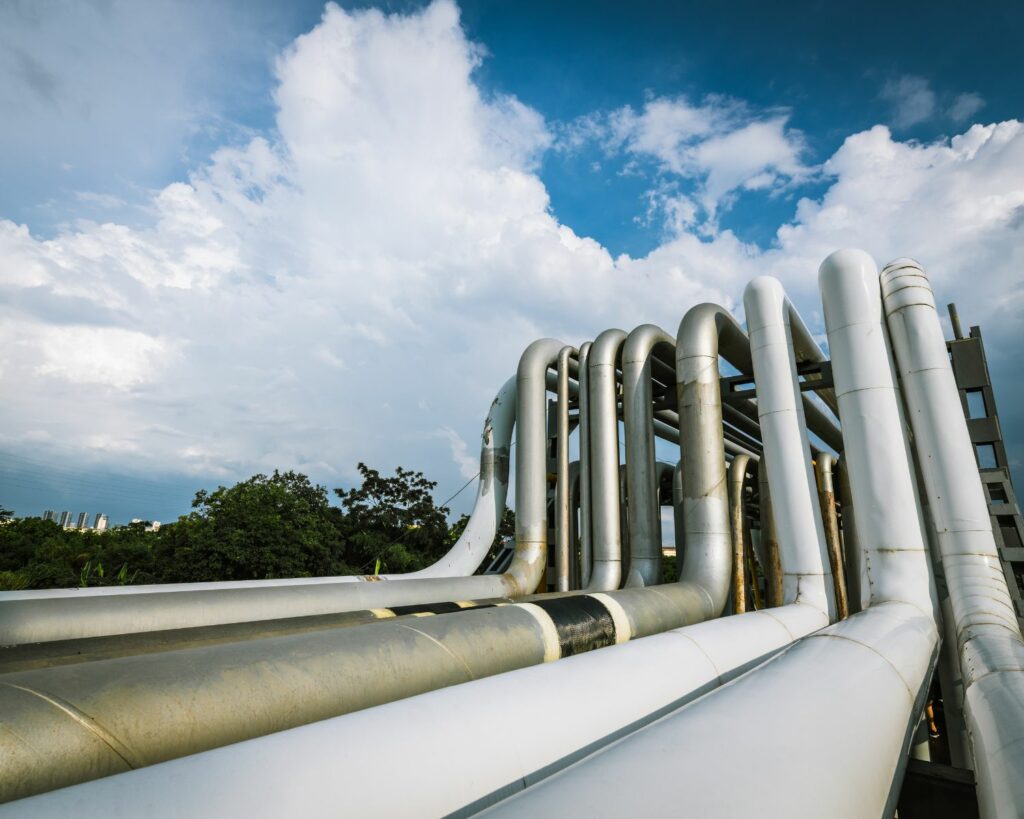Our day-to-day lives are enriched by the role of pipelines. They are all around us and are used to transport water, oil, and natural gas to our homes. The pipes are used to remove waste products from our homes, e.g. sewage and excess water.
How do fluids and gases pass through the pipeline network ? To allow oil and gases to flow, there must be a complex and extensive transportation system. As you can see, oil and gas require different methods for efficient transportation within a pipeline.
What’s an oil pipeline?
The interconnection of cylinders made of metal and plastic that later flow liquids is called liquid petroleum pipelines. The liquid product has considerable force when it begins its journey. However, the product loses momentum as the product travels further and longer distances. An oil pipeline is equipped with strategically placed pumping stations that are located along its length.
What is an oil pipeline?
A pumping station’s primary function is to adjust pressure and pump liquid along the line, while also monitoring the flow. Pumping stations can increase the flow rate of the pipeline and push product through more difficult sections, e.g. A mountain range.
A pipeline can be used to transport gas, but it has different mechanics than an oil pipeline. Complex pipeline networks make up a natural gas transportation system. Gas pipelines are equipped with compressor stations, which is an alternative to a pumping station. These stations ensure that gas is kept at constant pressure throughout the pipeline so it can reach its destination.


